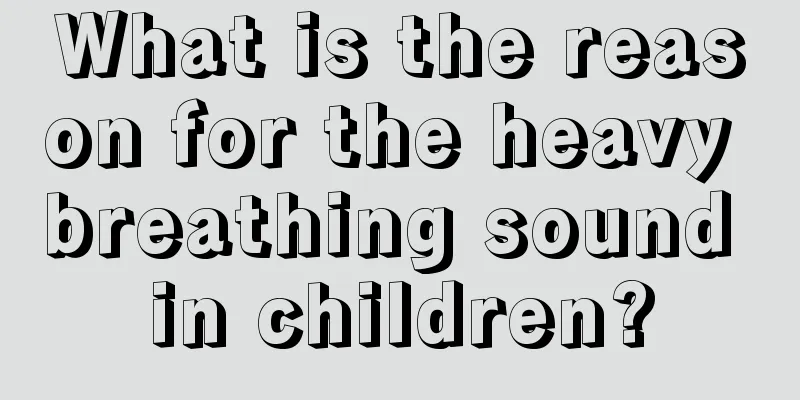Complications of bacillary dysentery in children

|
Bacterial dysentery is relatively common in children. If a child has unclean diet, or eats some spoiled food, or has some cross infection, it may cause dysentery. If the condition is more serious, it may even lead to some complications, often causing intestinal ulcers and even bloody stools. More serious cases may even cause intestinal perforation, which is quite harmful to children. Complications of bacillary dysentery in children Children with acute bacillary dysentery may suffer from severe vomiting and diarrhea, and may also suffer from water and electrolyte imbalance (dehydration, acidosis, hypokalemia, hyponatremia, hypocalcemia, etc.). Chronic bacillary dysentery is prone to complications, which are mainly caused by malnutrition and low immune function. The most common ones are malnutrition and malnutrition edema, deficiencies of multiple vitamins and trace elements, manifested as dry eye disease, nutritional anemia, rickets, and in severe cases, beriberi and scurvy may occur. The latter is rarely seen in our country. Deep intestinal ulcers can cause massive intestinal bleeding, frequent diarrhea can cause rectal prolapse, and prolonged use of antibiotics can cause intestinal flora disorders or combined fungal infections. In some severely malnourished children, intestinal ulcers cannot be repaired for a long time and intestinal perforation may occur. When common bacillary dysentery is seen with bloody stools, the following points should be noted to help confirm the diagnosis: 1. Diarrhea in summer and autumn is accompanied by fever and stool with mucus, pus and blood. 2. If there is a recent contact history of dysentery in the home or roommate, you should be alert. 3. Beijing standard for stool microscopy: if there are >15 pus cells and red blood cells in each high-power microscopic field, bacillary dysentery can be diagnosed in the outpatient clinic and the infectious disease card can be filled out. 4. Stool culture Strictly speaking, accurate diagnosis depends on stool culture. When culturing, take fresh bloody and purulent stools. It is best to inoculate and culture at the bedside. If it cannot be done immediately, the specimen can be stored in buffered glycerol saline and sent to the bacteriology laboratory for culture as soon as possible. Collecting stool specimens before antimicrobial treatment can increase the culture positivity rate. 5. PCR rapid diagnosis PCR rapid diagnosis method has been developed recently, but it requires multiple specimens to be examined together and cannot be widely used in clinical practice. 1. The incubation period ranges from a few hours to 8 days, with most cases lasting 1 to 3 days. 2. The clinical classification of bacillary dysentery can be divided into acute bacillary dysentery, chronic bacillary dysentery and toxic dysentery according to the course and condition of the disease. Because the special conditions of toxic dysentery will be described later, we will first discuss the general course of acute bacillary dysentery and chronic bacillary dysentery. |
<<: Newborn anti-inflammatory injection
>>: Symptoms of bloody bacillary dysentery in children
Recommend
What is the normal armpit temperature for children?
The normal body temperature of our human body is ...
Will there be sequelae if a child has a fever and convulsions?
Fever is a disease that we often encounter in our...
What happens if a child has itchy red bumps on his body?
Many people often have itchy skin, especially som...
Why don’t children change their teeth when it’s time for them to do so?
When children reach a certain age, they will star...
Myelin deficiency in children
Myelin dysplasia in children often affects the ch...
What should I do if my five-year-old child keeps coughing?
When babies are very young, they often get sick b...
What should I do if my 13-year-old child has a fever?
A child's fever is the most anxious thing for...
Can children be circumcised?
The foreskin is the protective layer of the male ...
Symptoms of fistula
The so-called rickets is mostly caused by calcium...
What causes testicular pain in boys?
Some growing boys may feel testicular pain. In fa...
How many days does it take to wean a baby?
In fact, at the beginning, the most nutritious fo...
Children's toenails are concave
Each of us is a different individual, and everyon...
Treatment measures for otitis externa in babies
The problem of otitis externa in babies makes our...
What are the symptoms of enlarged tonsils in children?
Young children's immunity is relatively imper...
What are the treatments for tonsillitis in children?
Tonsillitis occurs mostly because of low immunity...









